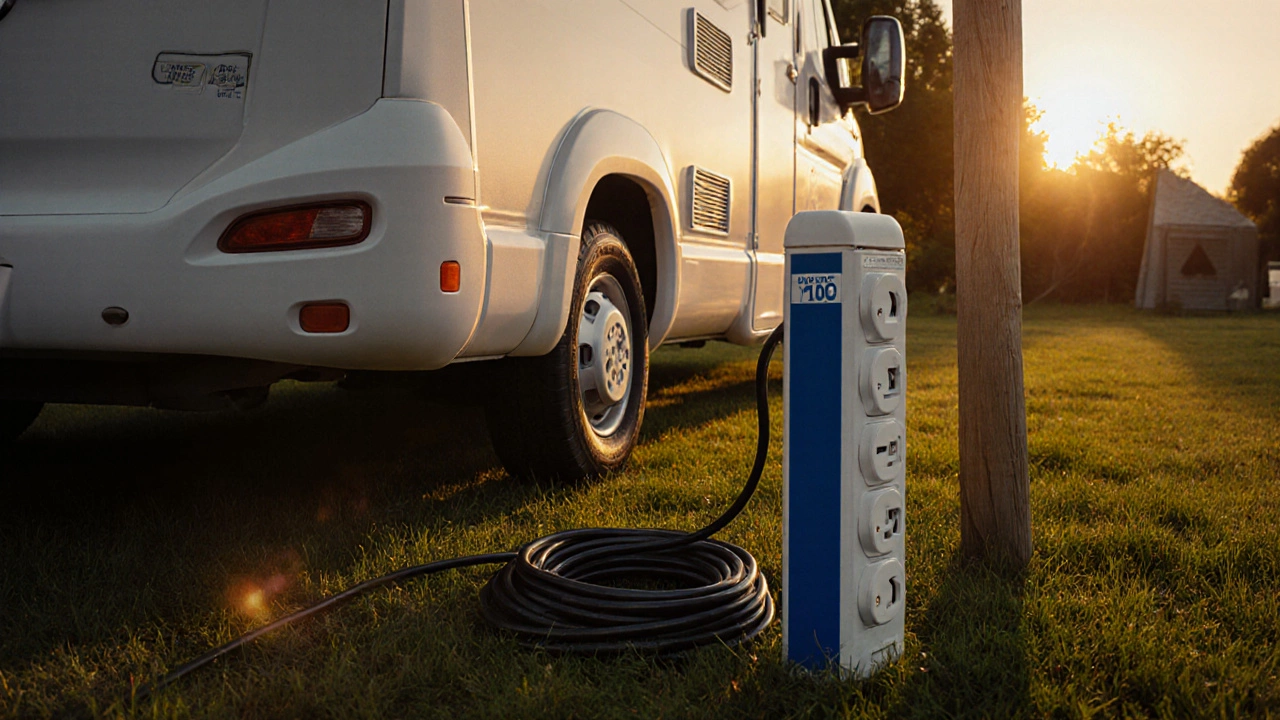RV Electric Connection: How to Power Your Motorhome Off-Grid
When you're parked in the woods, on a lakeside spot, or just far from the nearest hookups, your RV electric connection, the system that brings power to your motorhome’s lights, fridge, and charger when there’s no outlet nearby. Also known as off-grid power, it’s what keeps your trip running without plugging in. Most people think you need a generator or a campground site with electricity—but that’s not true. You can run your fridge, charge your phone, and even run a small air conditioner without ever touching a power cord. It’s all about matching your needs to the right setup.
There are three main ways to make this work: solar power, using panels on your roof to turn sunlight into electricity, a portable power station, a battery pack you can charge at home and take with you, and a generator, a fuel-powered machine that kicks in when you need a quick boost. Each has pros and cons. Solar is quiet and free once installed, but it won’t help much on cloudy days. A power station is plug-and-play, great for short trips, but you’ll need to recharge it. Generators give you lots of power fast, but they’re loud, heavy, and need fuel.
What you choose depends on what you’re powering. If you just need lights, a fan, and to charge your phone, a 100-watt solar panel and a 200Wh power station will do fine. But if you’re running a microwave, air conditioner, or electric kettle, you’ll need a bigger battery, maybe two, plus a 2000W generator or a serious solar array. Most people who camp off-grid for days at a time mix solar and a power station—they charge during the day, use at night. And they never run out.
It’s not just about buying gear. You also need to understand your usage. How many amps does your fridge pull? How long does your phone charger last on a full battery? Track your power use for a weekend at home before you hit the road. Most RVers make the mistake of buying too little—and then spending half their trip sitting in the dark. Others buy too much, lugging around a 500-pound battery they never use. The sweet spot is knowing your needs and matching them with just enough power.
You’ll also want to know how to check your battery levels. Most modern setups come with a monitor that shows you how much juice is left, like a fuel gauge. If yours doesn’t, get a simple $20 amp-hour meter. It’ll tell you when you’re getting low before everything shuts off. And always keep a backup. A small power bank for your phone, a headlamp with extra batteries, even a hand-crank radio can save you if your main system fails.
This isn’t about being fancy. It’s about being ready. Whether you’re parked at a quiet forest site in Michigan, sleeping in your rig near a lake in Florida, or just avoiding the noise of a crowded campground, having control over your power means you’re not stuck. You’re free. And that’s the whole point of hitting the road in the first place.
Below, you’ll find real guides from people who’ve figured this out—how to size a solar system, which power station actually lasts, how to run a fridge off-grid for a week, and what to avoid when you’re miles from the nearest outlet. No fluff. Just what works.
